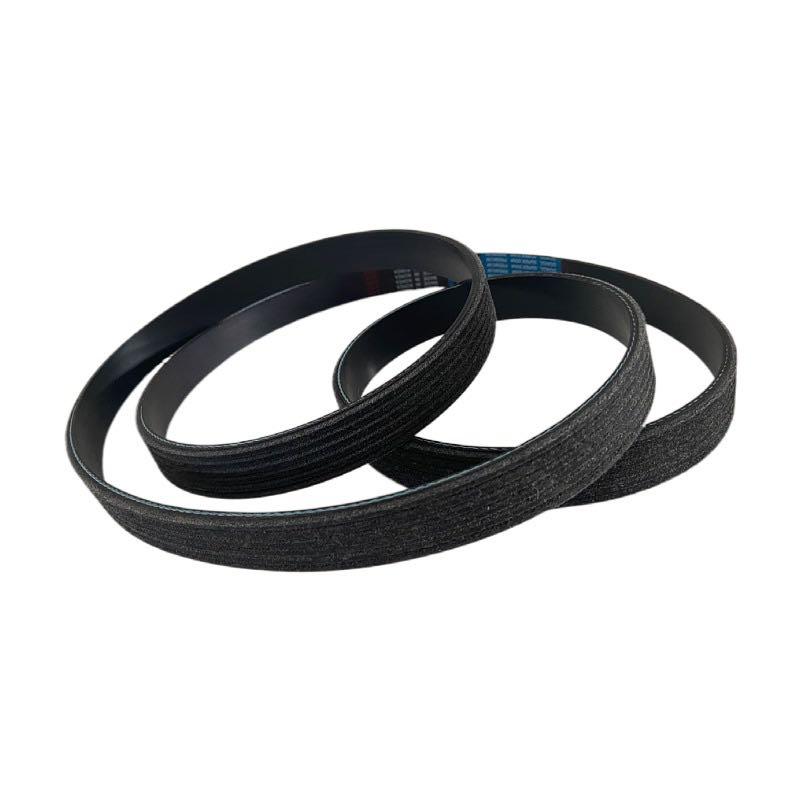- Arabic
- French
- Russian
- Spanish
- Portuguese
- Turkish
- Armenian
- English
- Albanian
- Amharic
- Azerbaijani
- Basque
- Belarusian
- Bengali
- Bosnian
- Bulgarian
- Catalan
- Cebuano
- Corsican
- Croatian
- Czech
- Danish
- Dutch
- Afrikaans
- Esperanto
- Estonian
- Finnish
- Frisian
- Galician
- Georgian
- German
- Greek
- Gujarati
- Haitian Creole
- hausa
- hawaiian
- Hebrew
- Hindi
- Miao
- Hungarian
- Icelandic
- igbo
- Indonesian
- irish
- Italian
- Japanese
- Javanese
- Kannada
- kazakh
- Khmer
- Rwandese
- Korean
- Kurdish
- Kyrgyz
- Lao
- Latin
- Latvian
- Lithuanian
- Luxembourgish
- Macedonian
- Malgashi
- Malay
- Malayalam
- Maltese
- Maori
- Marathi
- Mongolian
- Myanmar
- Nepali
- Norwegian
- Norwegian
- Occitan
- Pashto
- Persian
- Polish
- Punjabi
- Romanian
- Samoan
- Scottish Gaelic
- Serbian
- Sesotho
- Shona
- Sindhi
- Sinhala
- Slovak
- Slovenian
- Somali
- Sundanese
- Swahili
- Swedish
- Tagalog
- Tajik
- Tamil
- Tatar
- Telugu
- Thai
- Turkmen
- Ukrainian
- Urdu
- Uighur
- Uzbek
- Vietnamese
- Welsh
- Bantu
- Yiddish
- Yoruba
- Zulu
Th11 . 23, 2024 21:05 Back to list
Guidelines for Replacing a V-Belt in Your Machinery or Equipment
Understanding V-Belt Replacement A Comprehensive Guide
V-belts are essential components in many mechanical systems, found in various machinery and vehicles. Their primary function is to transfer power between rotating shafts and to maintain the efficiency of the system. Over time, however, V-belts wear out, which can lead to decreased performance and potential damage to other components. This article provides a comprehensive overview of everything you need to know about V-belt replacement, including its importance, identification of wear, and steps for effective replacement.
Importance of V-Belt Replacement
Regularly replacing V-belts is crucial for ensuring the smooth operation of machinery. Worn or damaged belts can cause slippage, resulting in improper power transmission. This can lead to excessive wear on pulleys and other parts, ultimately escalating repair costs. Furthermore, a faulty V-belt can disrupt production schedules in industrial settings, leading to costly downtime. Regular inspections and timely replacements can prevent such issues, enhance operational efficiency, and prolong the lifespan of machinery.
Identifying Worn V-Belts
Recognizing when a V-belt needs replacement is vital for maintaining equipment health. Here are common signs of wear
1. Cracks and Fraying Inspect the belt for visible cracks or fraying along the edges. These are clear indicators that the belt has deteriorated and is at risk of breaking.
2. Glazing A shiny, hard surface on the belt suggests it has been subjected to excessive heat or slippage. Glazed V-belts can lose grip, leading to inefficiencies.
3. Stretching Over time, belts can stretch, which leads to misalignment and reduced tension. This can be checked by measuring the length of the belt against manufacturer specifications.
4. Noise Unusual squeaking or chirping noises during operation may indicate that the belt is slipping and may need replacing.
5. Loss of Power If machinery shows a decline in performance, loss of power can often be linked to worn V-belts.
Regularly inspecting V-belts every few months can prevent these issues before they lead to more significant problems.
Steps for V-Belt Replacement
Replacing a V-belt may seem daunting, but with the right tools and careful attention, it can be completed efficiently. Here’s a step-by-step guide
v belt replacement

1. Gather Necessary Tools
Before starting, ensure you have the following tools at hand - A replacement V-belt (ensure it is the correct size and type) - Wrenches or socket set - Screwdrivers - A belt tension gauge (optional) - Safety gloves and goggles
2. Power Down and Disconnect
For safety reasons, always disconnect power to the machinery before beginning any repairs. This can be done by unplugging the equipment or turning off the appropriate circuit breaker.
3. Remove the Old V-Belt
Locate the tensioner or pulley that holds the belt in place. Depending on the system, you may need to loosen bolts or release tension using a wrench or socket. Carefully remove the old belt from the pulleys, observing how it is routed for easy installation of the new belt.
4. Install the New V-Belt
When installing the new V-belt, follow the routing path of the old belt. Make sure it sits properly in the grooves of each pulley to ensure smooth operation. Be cautious to avoid bending or twisting the belt excessively, as this can lead to premature wear.
5. Adjust Tension
Proper tension is critical for V-belt performance. You can use a tension gauge for accuracy. If a gauge is not available, refer to the manufacturer’s specifications for tension guidelines. Ensure the belt is neither too tight nor too loose.
6. Test the System
Once the new belt is installed and properly tensioned, reconnect power to the machinery. Run the equipment for a few minutes and listen for any unusual noises. Check the alignment of the belt and make adjustments if necessary.
Conclusion
Replacing a V-belt is an essential task for maintaining the efficiency and longevity of machinery. By understanding the importance of regular inspections and knowing the signs of wear, operators can ensure timely replacements. Following the outlined steps for belt replacement can help streamline the process and minimize downtime. Remember, a well-maintained V-belt not only enhances performance but also protects other vital components from premature failure. Keep your machinery running smoothly with timely V-belt replacements!
-
Korean Auto Parts Timing Belt 24312-37500 For Hyundai/Kia
NewsMar.07,2025
-
7PK2300 90916-T2024 RIBBED BELT POLY V BELT PK BELT
NewsMar.07,2025
-
Chinese Auto Belt Factory 310-2M-22 For BMW/Mercedes-Benz
NewsMar.07,2025
-
Chinese Auto Belt Factory 310-2M-22 For BMW/Mercedes-Benz
NewsMar.07,2025
-
90916-02660 PK Belt 6PK1680 For Toyota
NewsMar.07,2025
-
drive belt serpentine belt
NewsMar.07,2025

